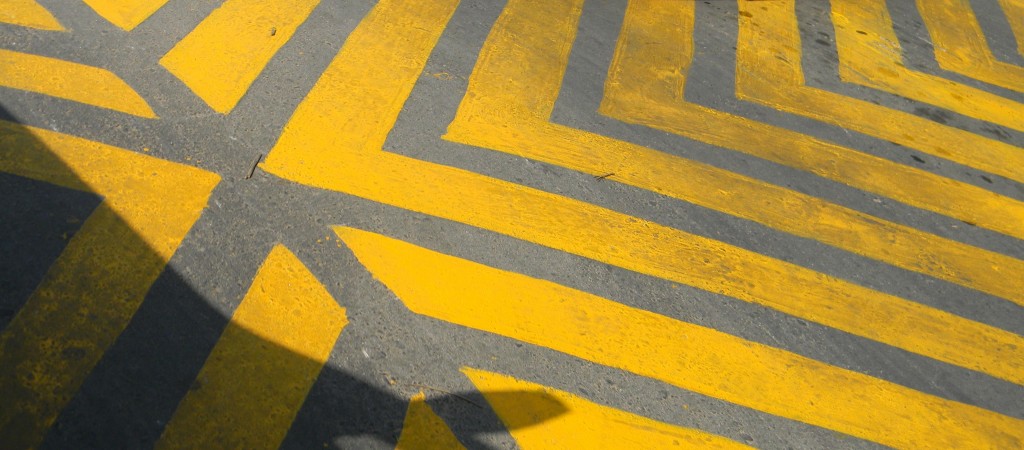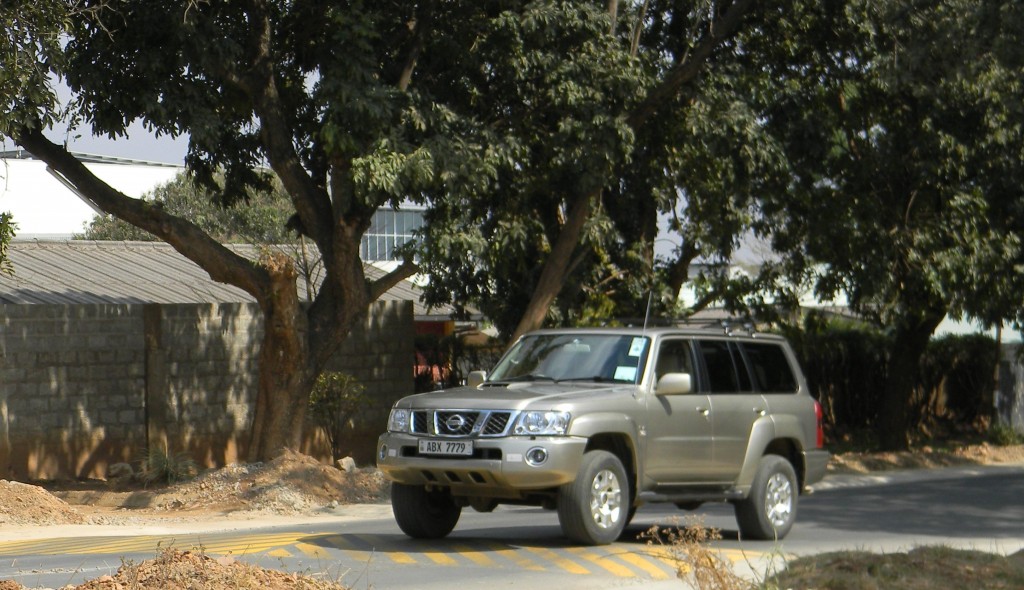 Heading back to the office, I was diverted to pick up a member of staff from their meeting. Turning down a side road, travelling at about 40 kph, I was suddenly confronted by a good-size, unpainted, hidden in the shadows and thus virtually invisible speed hump just three or four metres in front of me. Stamping on the brakes slowed me down a bit, but not enough to stop my car getting a good hammering that did enough damage to some component that it now pulls to the left.
Heading back to the office, I was diverted to pick up a member of staff from their meeting. Turning down a side road, travelling at about 40 kph, I was suddenly confronted by a good-size, unpainted, hidden in the shadows and thus virtually invisible speed hump just three or four metres in front of me. Stamping on the brakes slowed me down a bit, but not enough to stop my car getting a good hammering that did enough damage to some component that it now pulls to the left.
Speed humps seem to be the favourite law enforcement mechanism of both local and national road authorities. Not only are they mostly maintenance free but they can also not solicit bribes. In addition they are very effective for a population that largely disregards rules and regulations, and where issues of safety do not necessarily take priority. This is after all, one of the Governments main responsibilities – to ensure the safety of the population at large, which in this instance includes slowing down traffic to protect pedestrians, cyclists and other motorists.
But what is the road authorities liability as regards injury to persons and / or damage to property sustained as a result of their failure to adequately warn motorists of traffic calming measures (in this case speed humps) that require slowing down. And what is their responsibility to maintain these speed humps in a safe condition and to construct them according to accepted specifications.
I am not a lawyer, but logic tells me that as Tort law exists in Zambia, aggrieved motorists could well have a case against the road authorities where the road authorities have been negligent in failing to give prior warning of speed humps.
Tort law deals with situations where a person’s behaviour has unfairly caused someone else to suffer loss or harm. A claim in tort may be brought by anyone who has suffered loss. A person who suffers a tortious injury is entitled to receive compensation for “damages”, usually monetary, from the person or people responsible or liable for those injuries. In much of the common law world, the most prominent tort liability is negligence. If the injured party can prove that the person believed to have caused the injury acted negligently, in other words without taking reasonable care to avoid injuring others, tort law will allow compensation.
But rushing to court is not the solution; a much better solution is for the road authorities to ensure that warning signs are erected where there are speed humps and paint the speed humps with reflective paint so that they are clearly visible during the day and at night. I wonder when this will happen?
And there is a twist in this tale. Knowing that this story was to be published, my family and I were in town when we came across a well painted speed hump and stopped to photograph it. Whilst doing so, a pedestrian walking alongside the road began acting in a strange manner and was seen recording what we suspect was our vehicle registration number. We can only think that the sight of a camera flicked a switch in his brain and he decided we were up to no-good. I wonder if he has indeed reported us to someone for photographing a speedhump!


Leave a Reply
You must be logged in to post a comment.